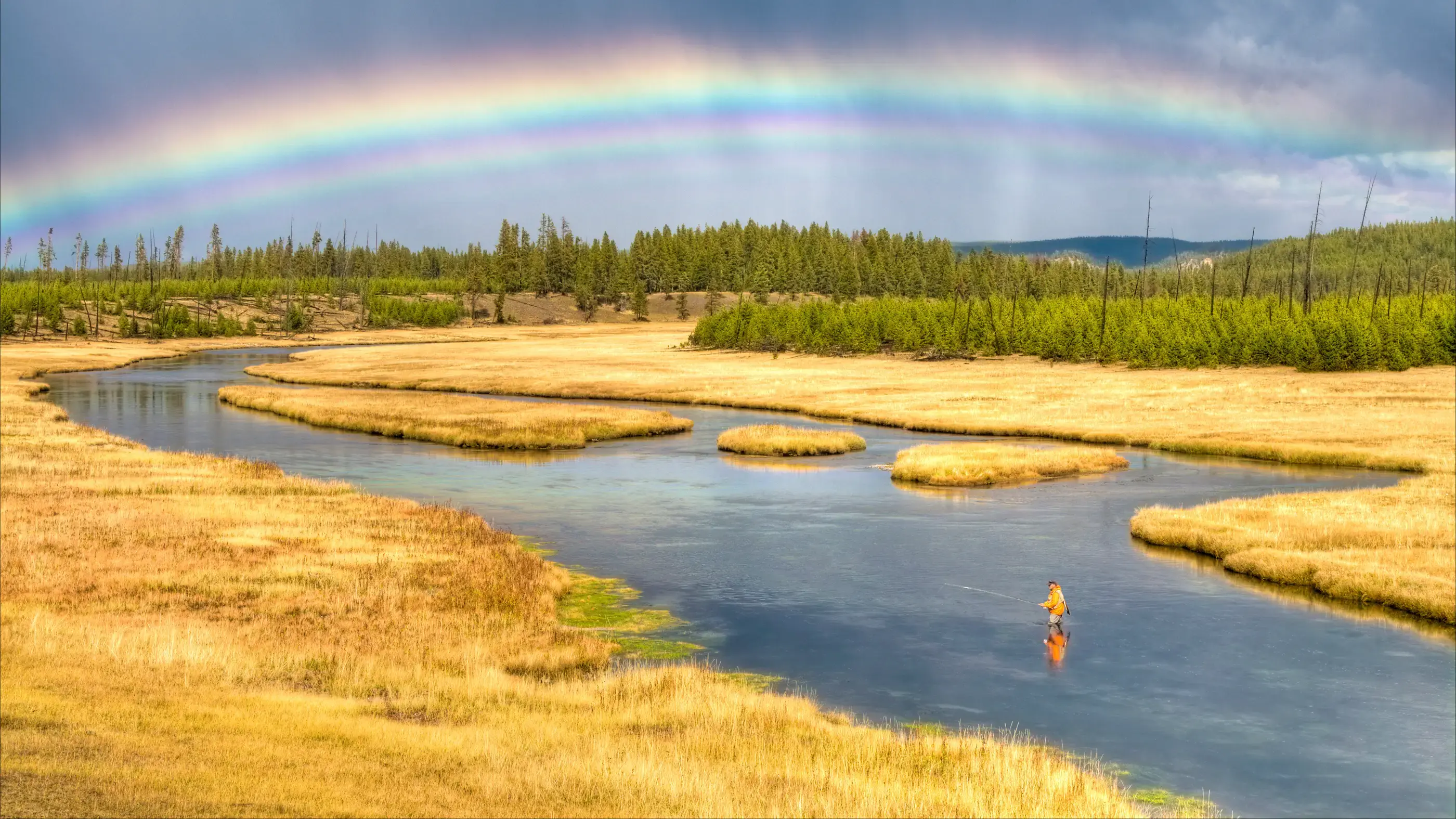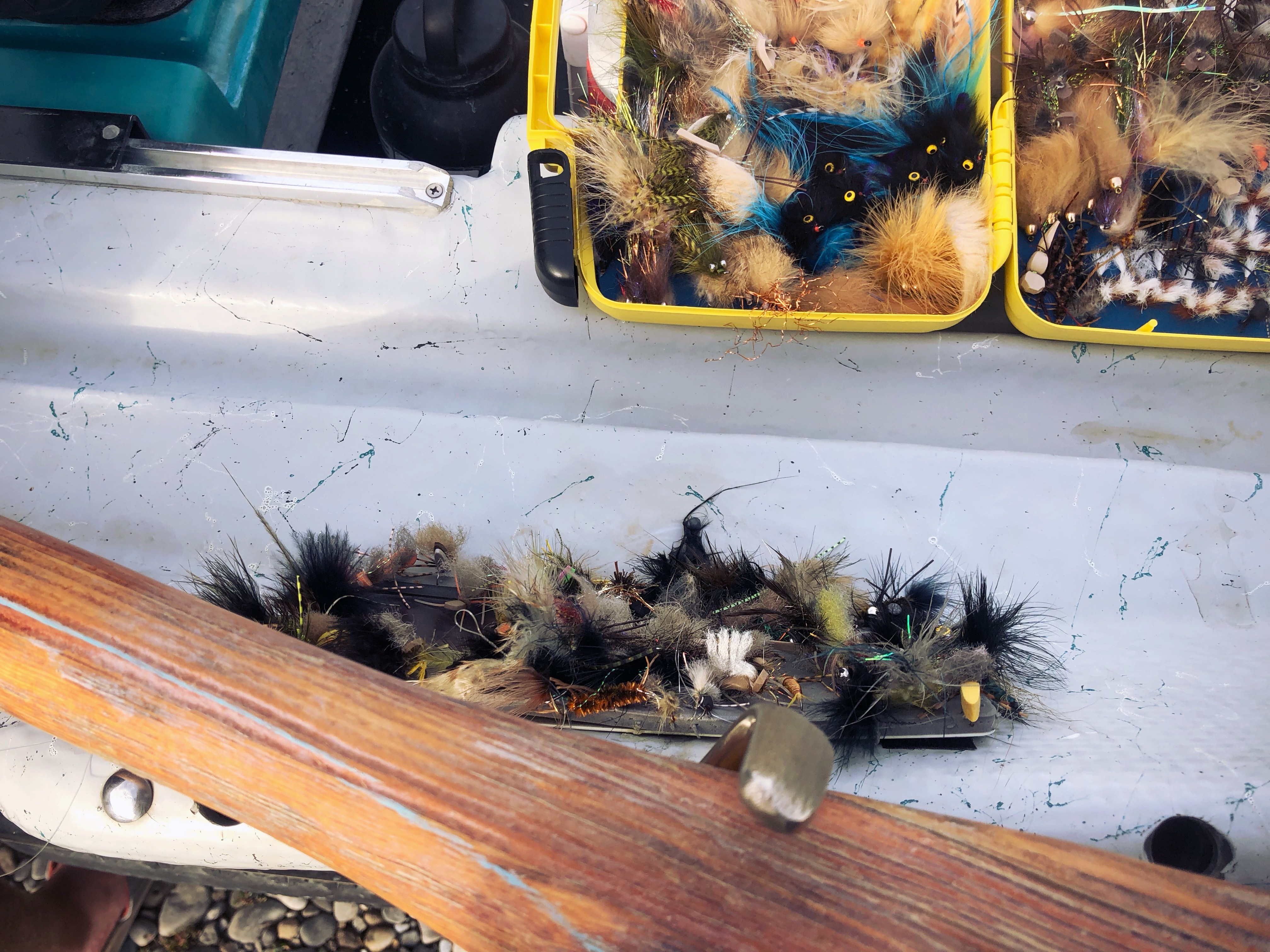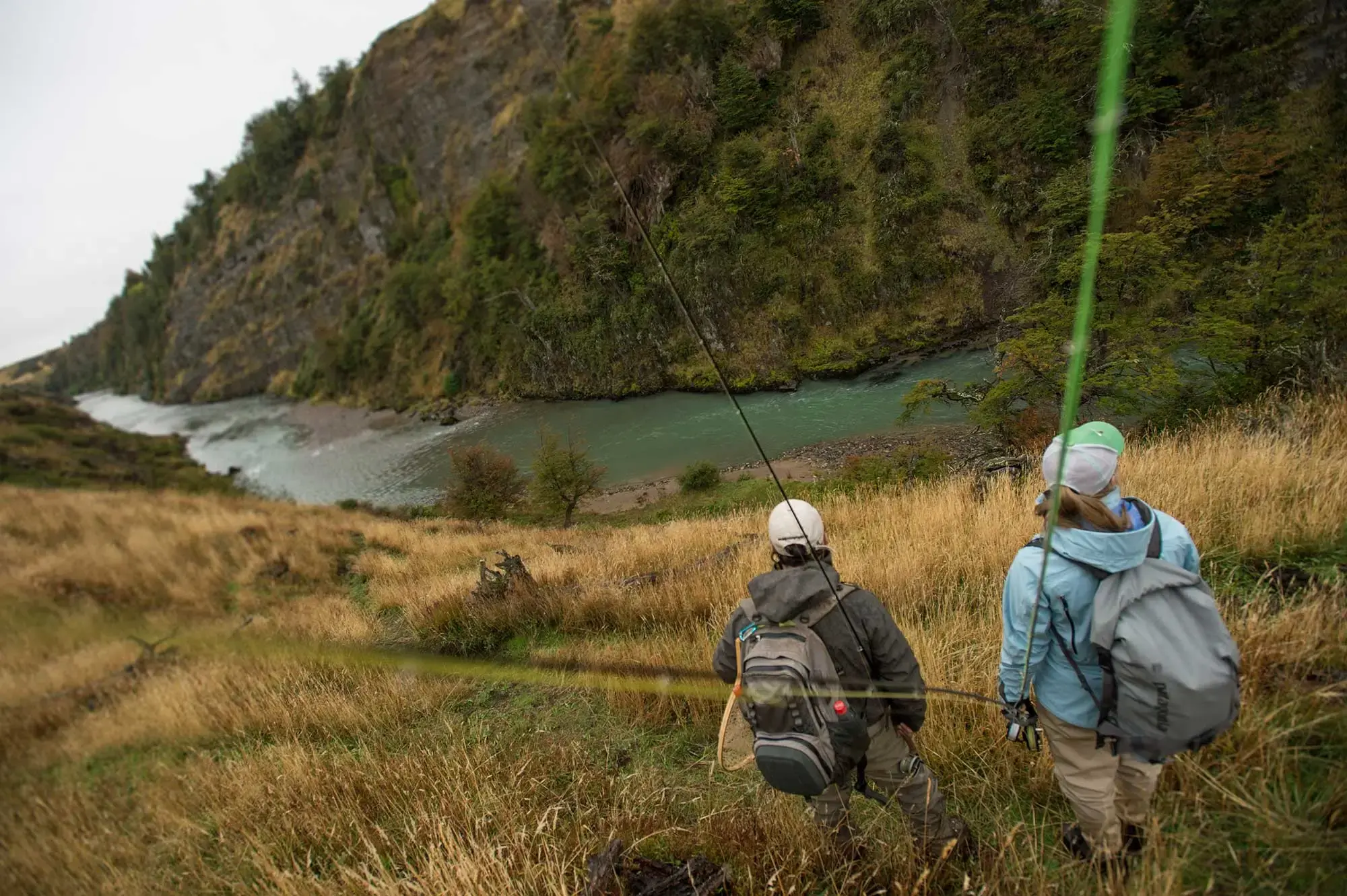See Your Way Clearly

See Your Way Clearly
For many anglers, sight-fishing is the top-of-the-game approach, where the thrill of stalking and tricking their quarry is optimized as the drama unfolds in plain view. But there’s a more utilitarian reason to make yourself a better sight-fisher. If you can see fish before you make a cast, you can dramatically increase your odds of hooking up. After all, knowing where fish are helps you pinpoint your presentations, recognize takes and, ultimately bumps your effectiveness to a much higher level.
“How in the world did you see that?” is a common refrain the best fishing guides often hear.
While spotting fish may indeed be an acquired talent, it doesn’t require superhuman vision or a carrot-rich diet to improve your acumen. If you follow these simple rules, you’ll see your way to instant gratification on the water…
Rule 1: The secret to spotting fish is knowing where to look. Sounds simple, but it’s not. When I’m surveying a run in a trout river, for example, I know where fish typically like to hold–on the current seams, on cushions in front of rocks, in deeper depressions, against cut banks and so on. When I try to spot fish, I’m pinpointing my gaze in those areas, one small section at a time. I might be fixed on a specific area, maybe six by eight feet, while you might be scanning a space the size of an Olympic swimming pool. If I don’t see something in position A, I shift my attention to the next option. Divide and conquer, one small piece at a time.
Rule 2: Use sunlight to your advantage. When you’re staring into sun glare, your vision is hampered; position yourself with the sun behind you, and it’s like having a spotlight on the water (and the fish). Think about placing your body in relationship with your light source whenever possible, and you’ll see more fish.
Rule 3: Focus on the subtle. Joe Demalderis, one of the best guides on the technical trout waters of the Delaware River system in New York and Pennsylvania, once told me, “You have to look for a single star, not the whole night sky.” When you look only for the obvious, you minimize your effectiveness. Be suspicious of tiny reflections, shapes, and shadows that might reveal a fish. Remember, you aren’t always looking for the whole fish; a tail or a nose is all you need to identify a target and direct that cast.
Rule 4: Learn to recognize and eliminate things that are not fish. Legendary redfish guide Chuck Naiser from Rockport, Texas, once explained to me that the sooner an angler can weed out mental distractions such as wind, ripples, waves, sticks and bird shadows, the sooner he or she can get down to the business of identifying the position of feeding fish, and where to aim.
Rule 5: Let the water be your guide. On the bonefish and permit flats of Mexico’s Ascension Bay, guide Alonso Choc of the Palometa Club makes his living by recognizing nervous water, where the motion of schooling fish reveals their locations. When you stare at a uniform water surface, and suddenly notice a disturbance, keep looking. The flashes and tails often follow in spots where you first see wakes or ripples.
Rule 6: Learn to look through water. Terry Gunn guides on the Colorado River in Lees Ferry, Arizona, possibly the best sight-fishing trout river in America. His secret to spotting fish is looking through the water column, as opposed to fixing gazes on the surface or the bottom. Doing so makes you more adept at noticing motion and subtle color changes that pinpoint a fish’s location.
Rule 7: Take your time. When fish are feeding, oblivious to your presence, there’s absolutely nothing wrong with taking an extra minute to survey the waterscape. Better to spend the time to acquire a legitimate target than to blind cast and drop a fly or bait on a fish’s backside, thus ruining your chances.
Rule 8: Seek a vantage point and look into the current. If you’re fishing a river, survey it from a high bank. In flat water, understand that there’s a reason why guides pole skiffs from an elevated platform. Steelhead guide Tyler Palmerton of Oregon explains that, all things being equal, the key is to look up-current, because that usually positions you outside of a fish’s peripheral vision and gives you a more detailed point of view.
Rule 9: Inconsistencies are the name of the game. Whether you’re looking for bedded bass or trout holding in a run, you want to establish some waypoint markers in the water-rocks, weeds, depressions and so forth. Colorado trout guide Jeremy Hyatt establishes a water template in his frame of view, and lets anything inconsistent with that template (color shades, shadows, motion) tip him off as to a fish’s presence.
Rule 10: Wear polarized glasses. If I forget my waders at the start of the day, I’ll usually improvise or tough it out. If I forget my polarized glasses, I’ll go home and start fishing later. Good polarized eyewear is the foundation of the sight fishing game. Different frames and lenses offer various advantages, too. For example, on certain bright days, you might want amber or copper lenses, while in overcast conditions, yellow lenses might be better. The key is finding a style and model that wears so comfortably that you barely notice that you have them on. When you fish, your glasses should be an extension of your body. Without decent shades, you’re almost fishing blind.
.svg)








